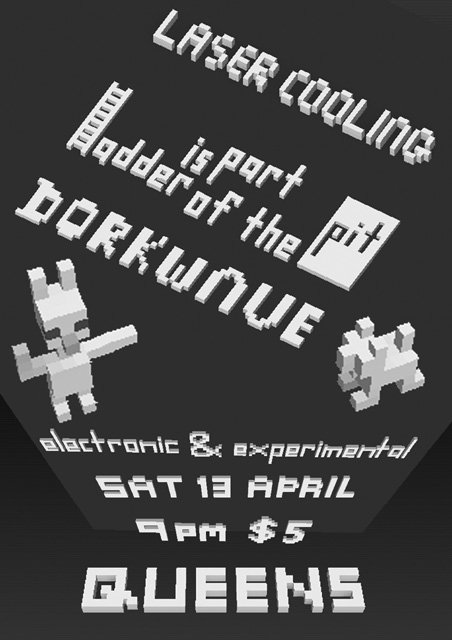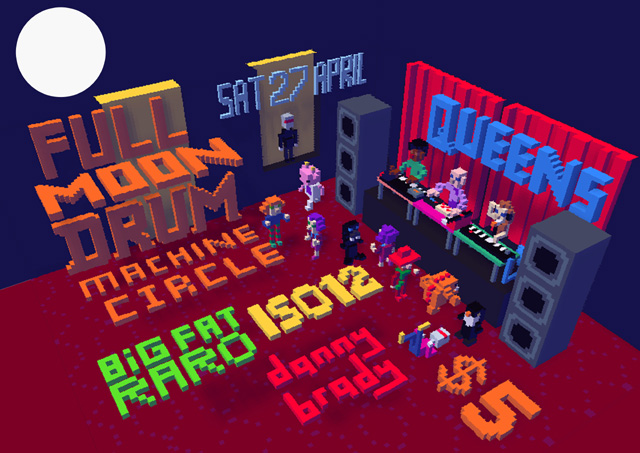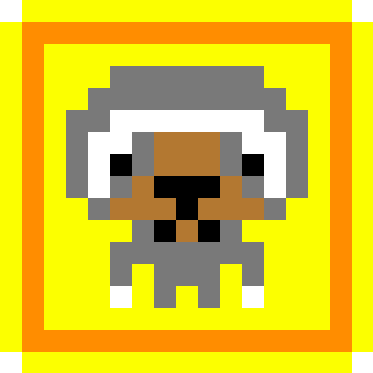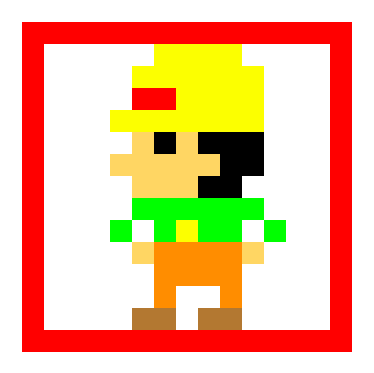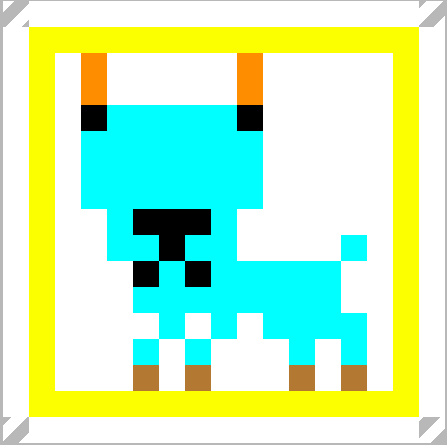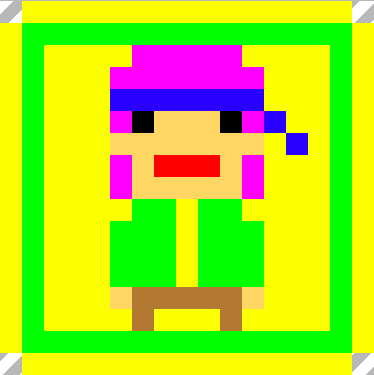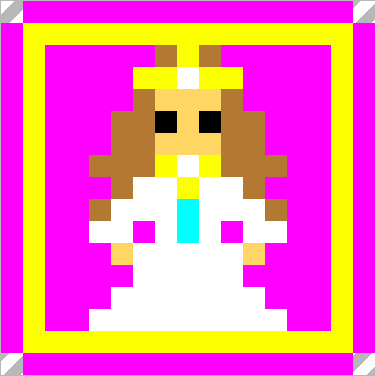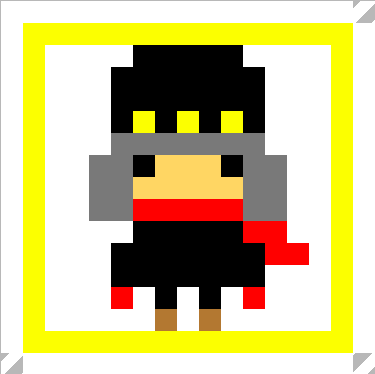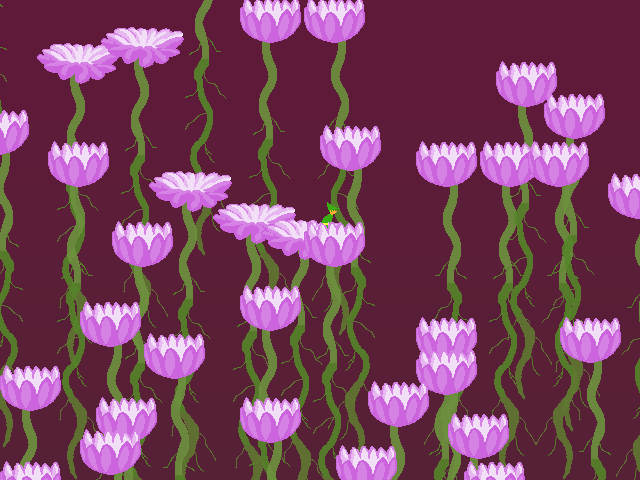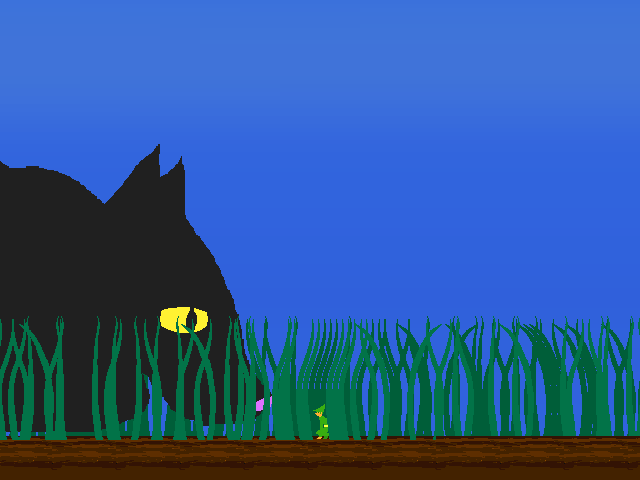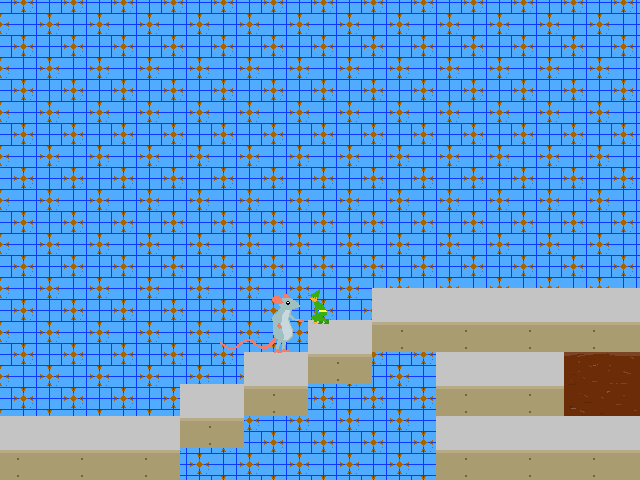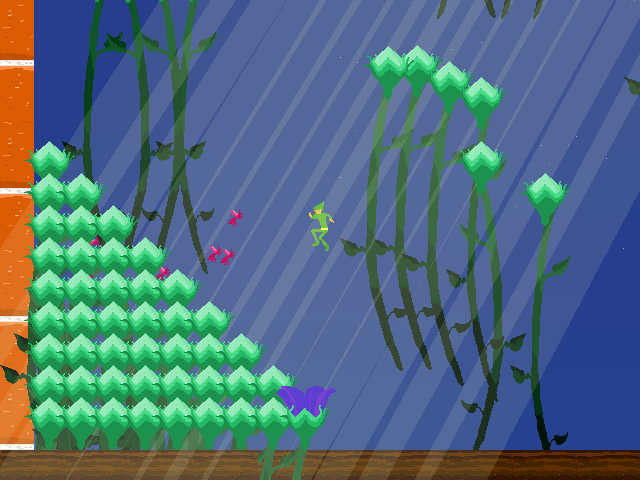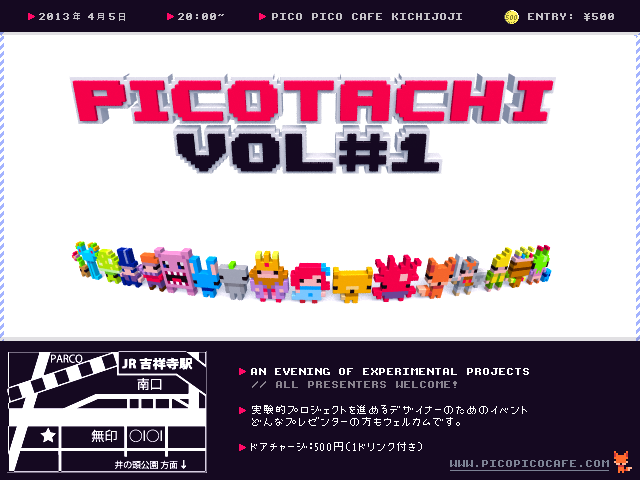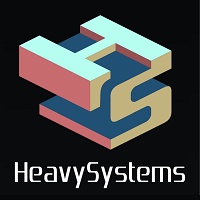This is exactly the format that Voxatron is designed from the ground up to run on: a 128x128x64 block of voxels. Until now the game has only been viewable on a virtual, simulated display that is projected onto flat screens. That is about to change!
Voxatron Table is the working title of a collaboration between Voxon and Lexaloffle. It is an arcade table supporting up to 8 players facing a volumetric display fixed in the center. The game is based on multiplayer Voxatron, allowing both co-operative and competitive styles of play. We don't have any footage to show yet, but I have mocked up this little visualization aid that shows roughly the format of the table. Unfortunately the mockup is also made in Voxatron, leading to a kind of Russian Doll situation -- the resolution of the real display is much higher than is shown here!


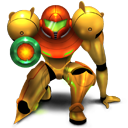
Some of Voxatron's soundtrack is composed entirely digitally (using MilkyTracker), but most of it is starting out as sketches on acoustic piano. Here's a quick sample of music in development for the adventure mode, and at the end you'll hear the title theme for Zoot -- a new demo level coming in alpha 0.3. All of these pieces will eventually become 100% chip-tunes, so the finished product may sound quite different (and usually less melancholy!).


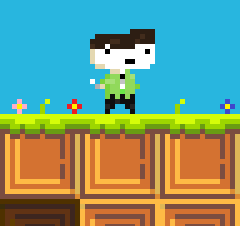
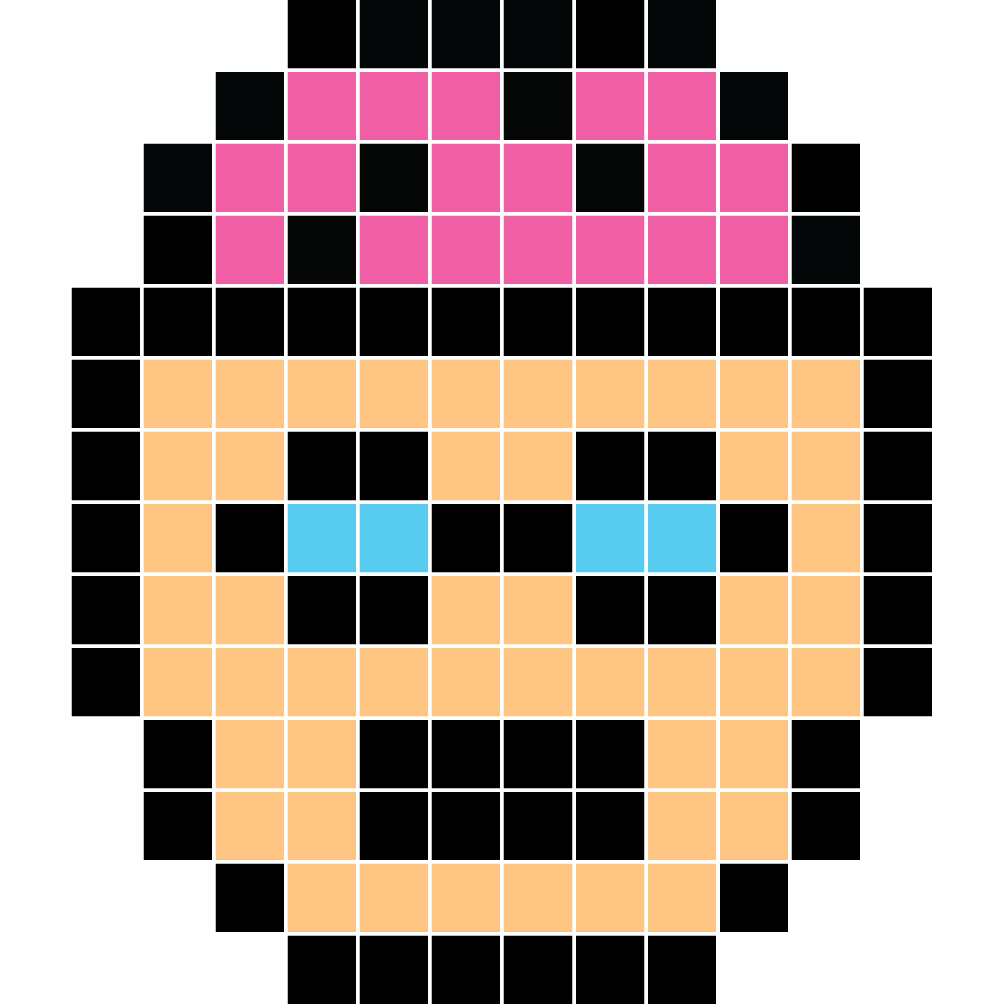

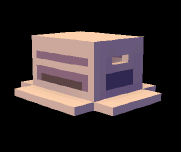

Picotachi is a show and tell event for designers and researchers in Tokyo with a focus on experimental, unusual, personal, half-finished and tiny projects.
Pico Pico Cafe / Friday April 5th 2013 / 20:00pm~ / 500 yen entry (w/ drink ticket)
hi zep, ive been happily trying the new animation and monster settings, totally awesome, thought i best mention a few bugs ive encountered. I will add any more as they crop up. Sorry if already a known issue.... ive dont even know how to do a proper bug report.
When using select tool if i select a whole object with a big sweeping motion ( i mean a circle ) when the edges of the dotted line touch it often crashes. (only when its generally a quick tidy circle motion. But if i draw an angle around the object and dont connect the dotted part it selects fine and doesnt crash. No idea why?
EDIT ( now the select tool isnt doing that at all?? i tried in prop animation and monster but that bug just disappeared but was occuering over and over again so im not sure what was causing it after all )
The reset camera function doesnt seem to be working within animations but works fine if its a prop.
more stuff later....
Voxatron 0.2.5 builds are now up, and will shortly be up on Humble Store (check the version number in the filename). If you don't have a lexaloffle account (Games > My Games) and would like one, see this thread. To update from a Humble Store account, search your email for the download page link, or request a new one here
This is a quick bug-fixing update. To see a list of the recent features, see the v0.2.4 post
v0.2.5 Changes
Fixed: Crash caused by monster property: spread out
Changed: Monster chasing player ignores axes that are locked

How to make a basic monster with v0.2.4..
Example monster for reference:


1. Create the Monster's Structure
Monsters in Voxatron (and all complex objects) are represented as special folders in the item navigator. The first thing you need to do is set up a folder with at least one animation in it (so that you can see the monster!)1.1 Create a new item somewhere in the Objects tab, choose a size, and set the type to monster.
1.2 Double click on the monster folder to look inside (it will be empty to start with)
1.3 Create an animation: new item, set type to animation, add some props as frames.
Here's the structure for the armoured pig character in the example level:
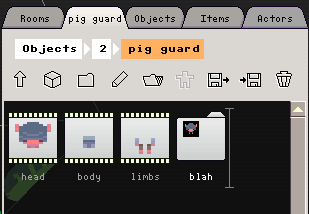
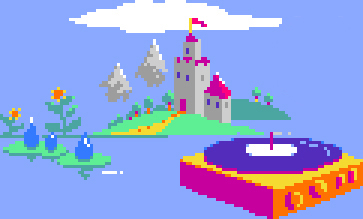

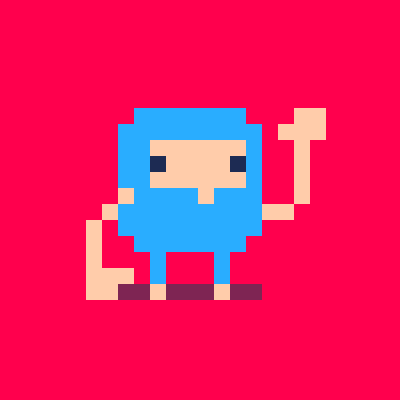

Hi All
Voxatron 0.2.4 builds are now up, and will shortly be up on Humble Store (check the version number in the filename). If you don't have a lexaloffle account (Games > My Games) and would like one, see this thread.
To update from a Humble Store account, search your email for the download page link, or request a new one here
v0.2.4 is the first update that exposes many features of the second (and final!) generation of the Voxatron engine. It introduces new tools for designing simple monsters and pickups, which all run on a new physics engine. I've retro-fitted the old monsters to work roughly as they did before, but you might notice a few differences -- for example, monsters jumping on each other, or carrying fruit around on their heads.
Some example monsters can be found here:








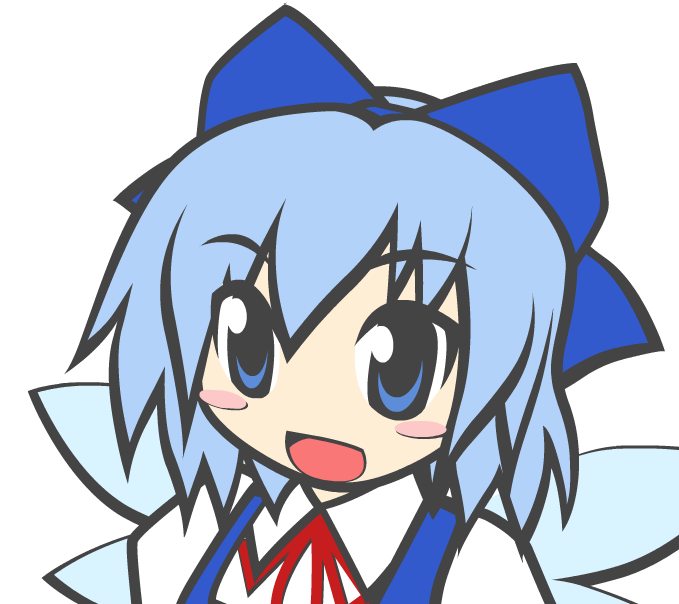

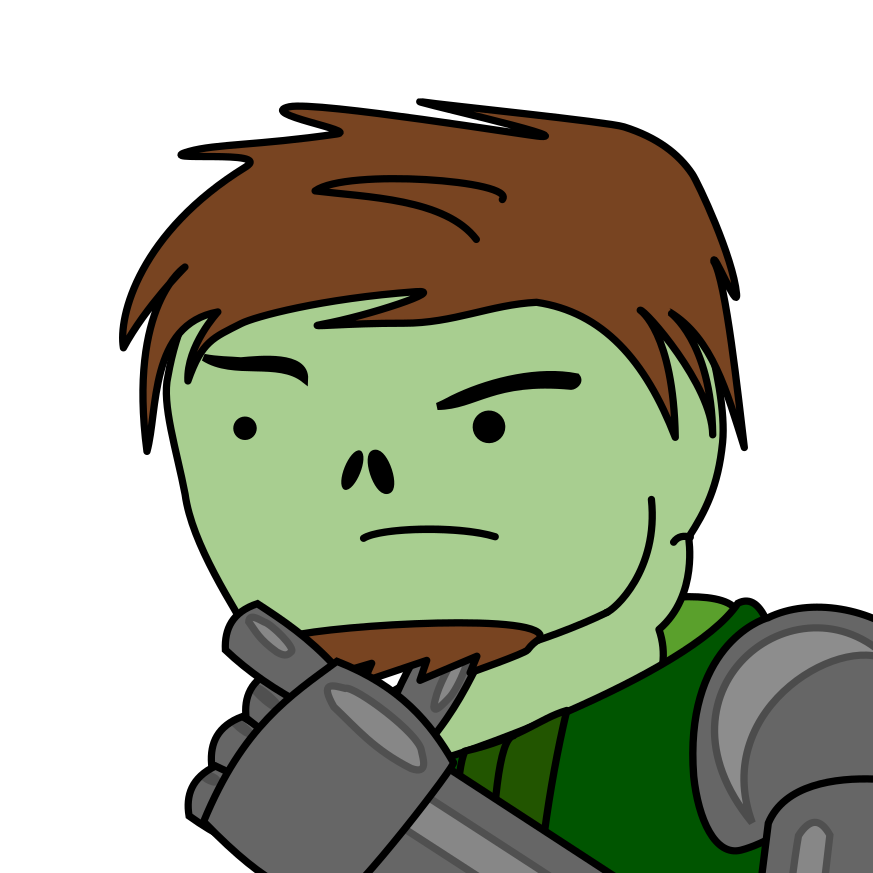
Voxatron: Implications
Voxatron is an incredibly unique game. It opens the door to wide new vistas of creative exploration, and in a way that will be intuitive and community driven. However, the potential of this game, only in its infancy, extends far beyond itself, or so I think it very well may. It is, really for the first time, introducing truly volumetric gameplay, something that is today only possible with voxel data structures. While games like Minecraft were certainly volumetric, what I am getting at requires a high enough resolution to really give some 'meat' to in-game objects.
In most games one may find stunningly rendered cars, but of course these cars have no real engines. In-game characters or other players have no internal organs. Cities have no sewers, and the materials used to make these worlds aren't really materials at all, and lack characteristic behaviors. Volumetric gameplay is meaty gameplay, providing a satisfaction which I have only seen the games Voxatron and Cell: Emergence attempt to capitalize on so far. When there arise games involving dynamic in-game simulations, CA, etc, I think volumetric gameplay will really take off, and here we are seeing one of the first attempts at what may spark a new genre in voxel-based gameplay.
However, there is something particularly fun about all this for all you lovers of retro. Recall that at the dawn of the retro-age there wasn't, obviously, any stylistic appreciation for the look of pixelation. So then why did the mainstream put up with it? We'd had photorealistic films for many decades by then, so what was it about games that drew us, despite their inability to accurately portray the worlds wherein which their stories took place? The word is interactivity. It offered a radically new experience to us, so that representing an italian plumber as a combination of red and green in an area exceeding a range of no more than 16x16 pixels was acceptable. This experience so outweighed asthetic importance that such simplistic presentations entered immediately into the mainstream and exerted a defining cultural force on a generation.
Likewise, there is room once again for such simplicity. Just as we moved from the passive act of film to the interactive act of gaming, a new experience is coming that will outweigh the importance of many of the most important design features of many mainstream games, including photorealism. That experience is the volumetric experience. It is the experience had in knowing the world you are engaging is not a facade, but a complex, reactive and volumetric simulation. In a way, a legitimate computational reality, where the explorative possibilites are neither predetermined nor determinable. Truly creative exploration of the impact of volumetric interactivity on the gaming experience may lead to a mainstream revisitation of the retro-experience, though such a period will likely be a short one.
As computational power increases, voxels or some equivilent will increase in resolution and all games will become volumetric. Even in the development of a title for the My Little Pony franchise, to ask what the neccesity of volumetric rendering and the ability to have dynamic interaction with a complex simulated world in such a game could serve would be like asking why a game of the same type today neccesitates 3-D textured graphics and proper lighting effects. It will simply be a matter of realism; no longer a novelty. Volumetrism (just coined) will become a standard design feature of any game experience.
But there is at least a brief period coming, I suspect, where the retro style will be ressurected, not merely as the result of a more or less stylistic design decision, but as a neccesary compromise to enable the development of highly interactive, volumetric game worlds in a cost-effective way, and in a way which modern machines can handle well.








 9 comments
9 comments




